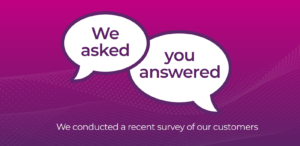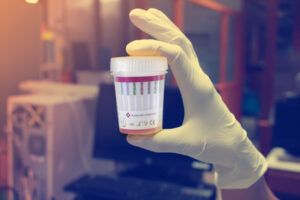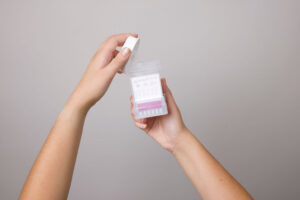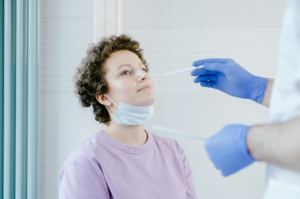Re-calibrate Your Alcohol Device Intake
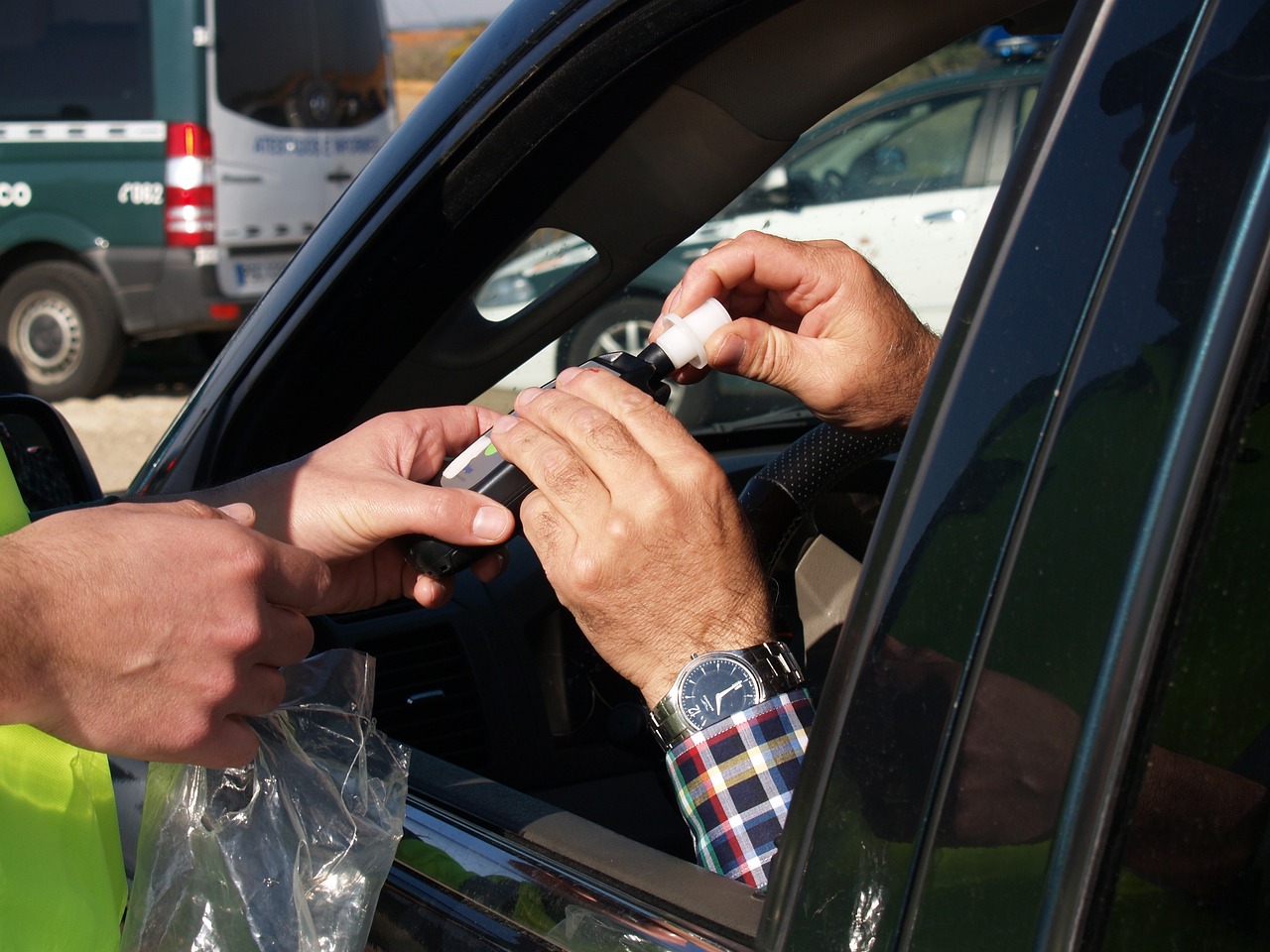
Precision is vital when making life-impacting decisions. Using an un-calibrated breathalyser undermines your alcohol testing, especially if you are screening for zero-tolerance or the legal driving limit, and compromises any employment dispute.
Being under the influence whilst at work or in control of a vehicle can have fatal consequences.
Did you know that:
- Over the 2015/2016 Christmas period, Police arrested 396 offenders in a drink-driving crackdown.
- A third of employees admitted to having been at work with a hangover
- 15% reported having been drunk at work
- 1 in 10 reported hangovers at work once a month; 1 in 20 once a week
- Work problems resulting from hangovers or being drunk at work included difficulty concentrating; reduced productivity; tiredness and frequent mistakes
- The majority of employers (77%) interviewed identified alcohol as a major threat to employee wellbeing and a factor encouraging sickness absence
Why re-calibrate?
Regular calibration of a breathalyser is essential to ensure the accuracy and reliability of the device. This is to maintain the integrity and accuracy of the results so that you can be confident in your alcohol screening, and your results are consistent.
Over time, the internal components of a breathalyser may experience wear and tear, affecting its accuracy. Regular calibration helps maintain the precision of the device by adjusting it to a known standard. Regular calibration is part of a quality assurance process. It helps identify and address any issues with the device, ensuring that it meets the necessary standards for accuracy and reliability. The sensors in a breathalyser can drift over time, leading to inaccurate readings. Calibration corrects this drift, ensuring that the device provides reliable and precise blood alcohol concentration (BAC) measurements.
For example, you suspect a worker is under the influence of alcohol. First thing to do would be to breathalyse them. The reading on the alcometer comes up as zero so you send them back into the workplace to carry on their duties. However, in this case the breathalyser wasn’t reading accurately, this person was under the influence and as a result caused an accident leading to a delay in your supply chain and harming your reputation.
It’s important to follow the manufacturer’s guidelines regarding calibration intervals and procedures. Some breathalysers may allow for in-house calibration, while others may require sending the device to the manufacturer or an authorised service center for calibration. Regular maintenance and calibration contribute to the overall effectiveness and credibility of alcohol testing devices.
